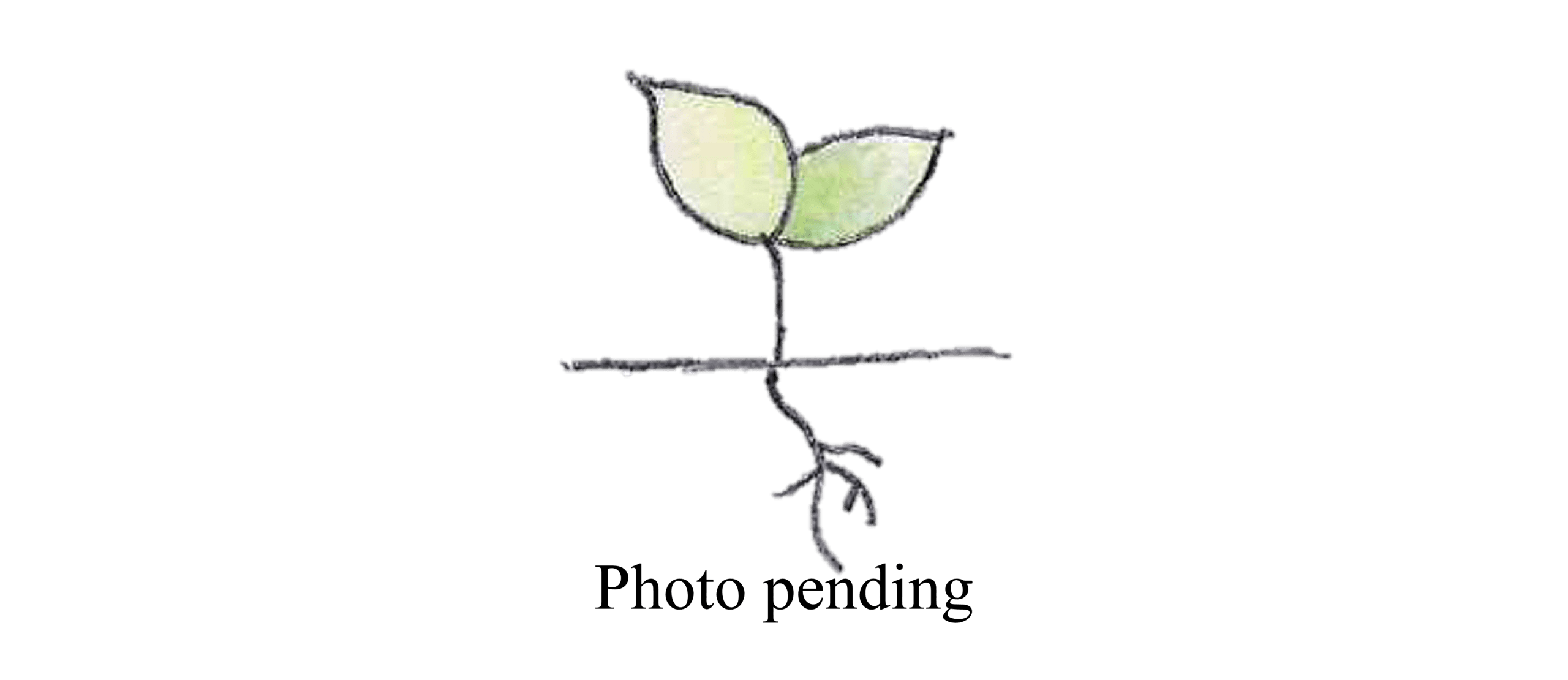Yellow wattle
Acacia flavescens, Fam. Fabaceae

Slender tree, 4-20m tall, with angular branchlets that are covered in stellate hairs and have golden yellow young tips and orange brown rough, fibrous and furrowed bark.
| Weed Category: | |
| Weed: | No |
| Form or habit: | Small tree, Med tree |
| Family: | Fabaceae |
| Leaf: | Phyllodes, narrowly elliptic to lanceolate, falcate, 9-30 x 2-6cm, thick, green. Largely glabrous when mature but with some stellate hairs near the base. Three prominent, longitudinal veins, the upper two of which run into the top margin while the third runs into the apex. Margin is notched where the two uppermost veins run into it and there is generally a gland present at each point. Conspicuous network of secondary veins, elongated basal gland present. |
| Flower conspicuous: | Conspicuous |
| Flower colour: |
Yellow, Cream |
| Flower description: | Spectacular, terminal panicles of creamy yellow heads on densely golden-hairy peduncles. Late spring to winter. |
| Fruit conspicuous: | Conspicuous |
| Fruit colour: |
Brown |
| Fruit: | |
| Fruit description: | Flat, brown pods, 6-12 x 1.5-2cm, with scattered hairs when young. Seeds dull black, August to November. |
| Habitat: | Coastal dune, open forest, woodland. |
| Distribution | Queensland. |
| Food source for: | Seed eaten by the Australian king parrot and crimson rosella. Larval food plant of the copper jewel, bright forest blue, moonlight jewel, fiery jewel, Macqueen's hairstreak and wattle blue butterflies. |
| Toxicity: | No toxicity known |
| Origin: | Australia. |
| Notes: | Quick growing and attractive, used in horticulture. Grow from treated seed. Bark used by Aborigines to make string. It has been used for stock food. Timber is hard, close grained and brown with markings. |
| Information sources: | Melzer R. & Plumb J. (2007) Plants of Capricornia. |



